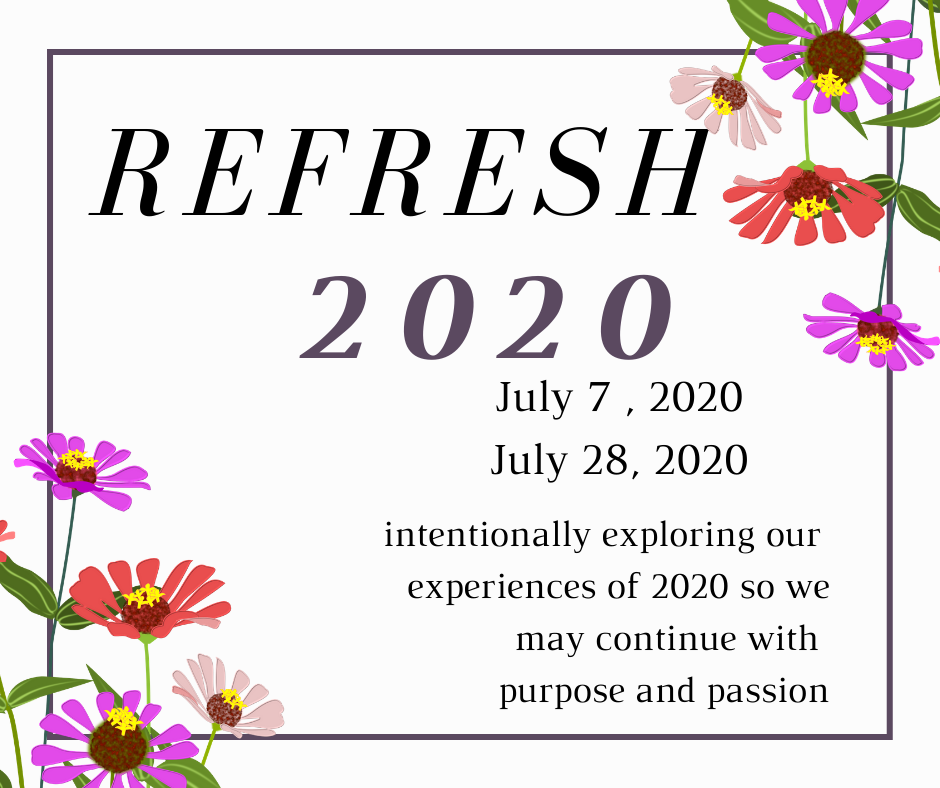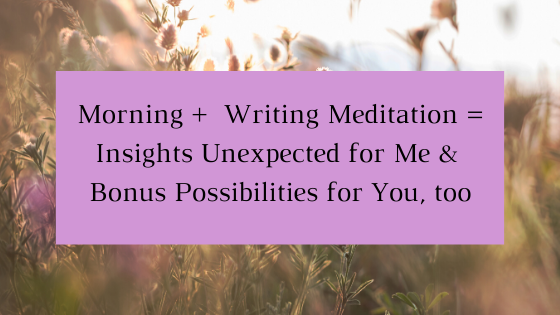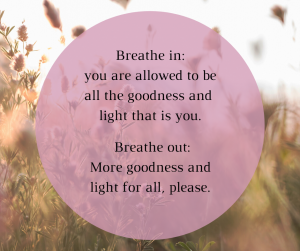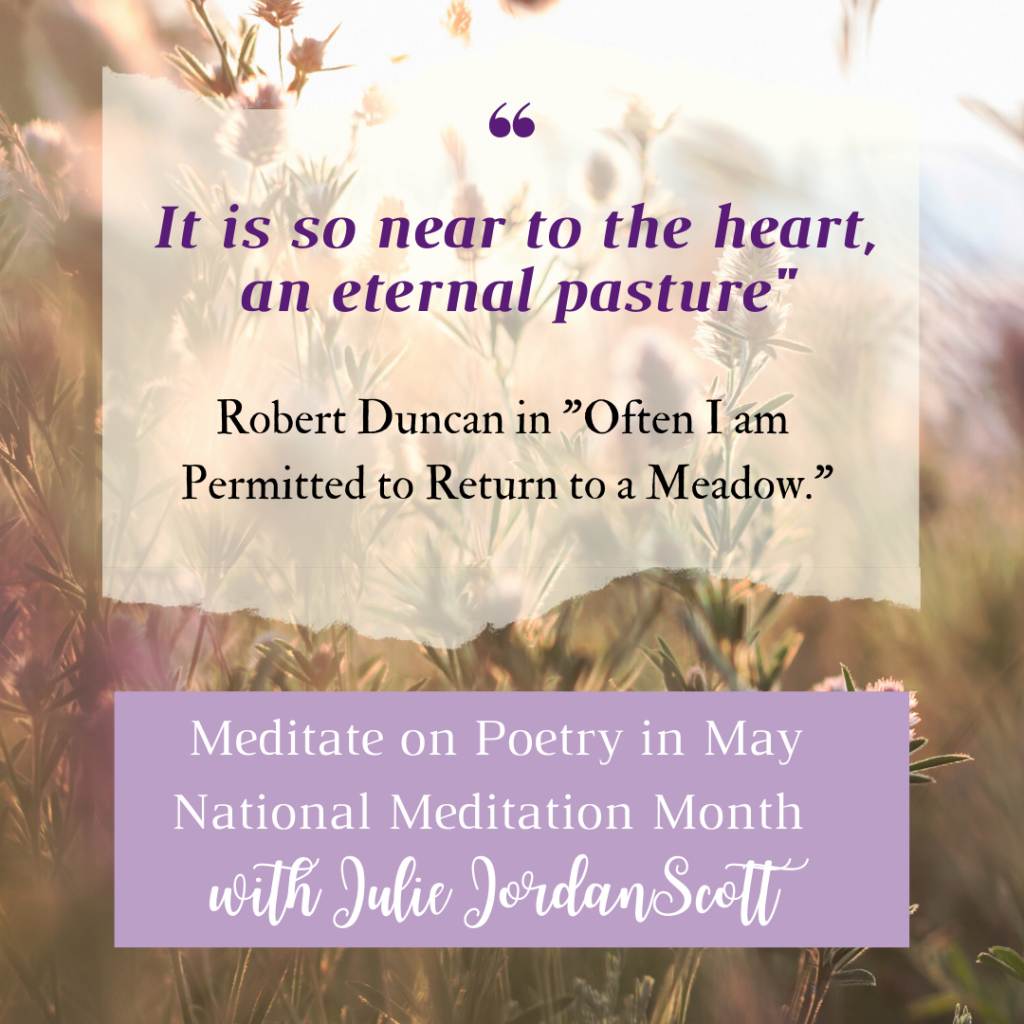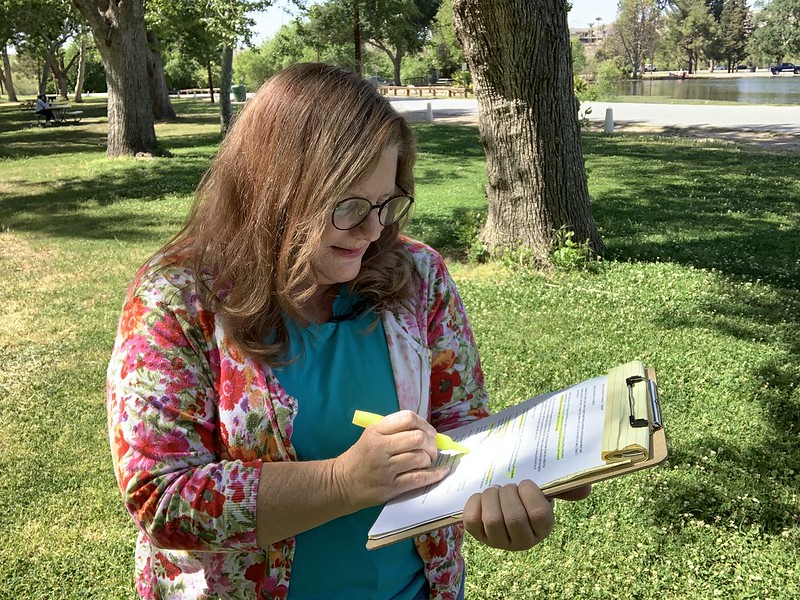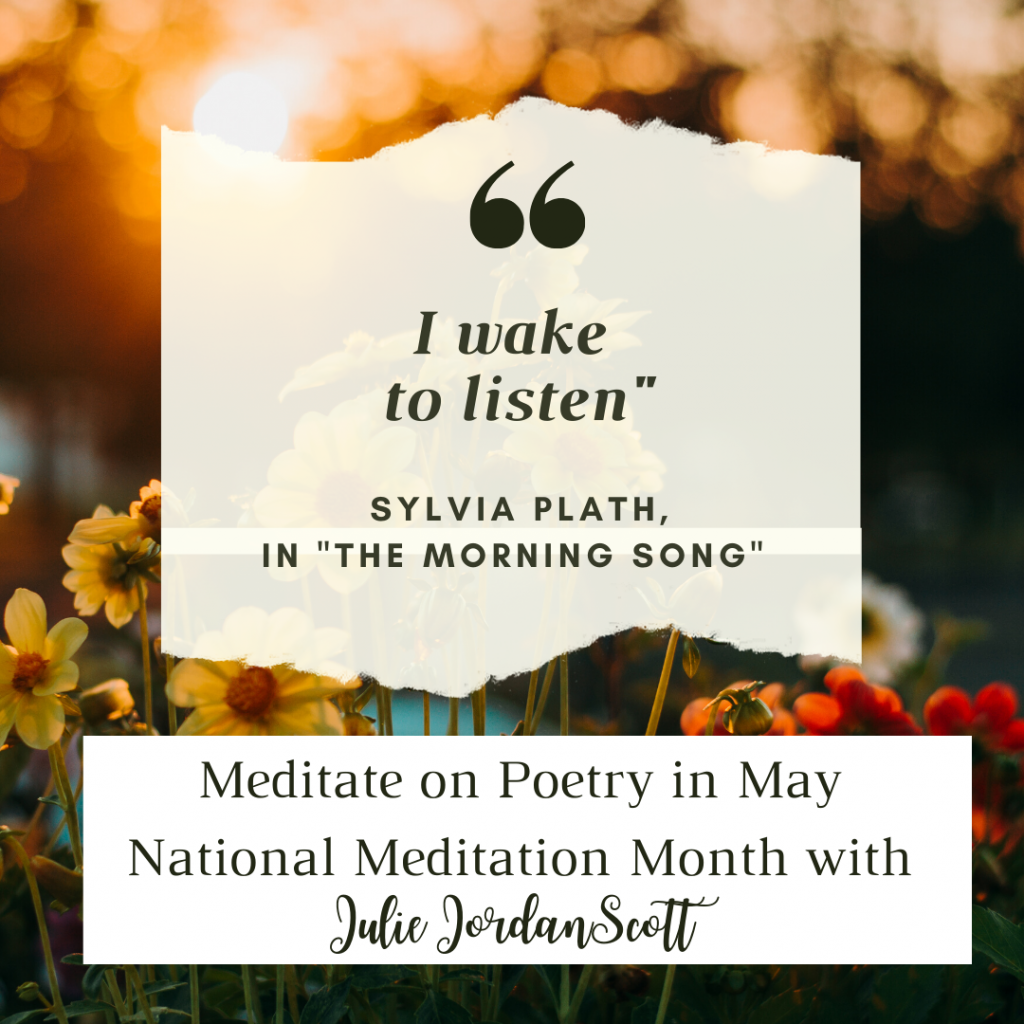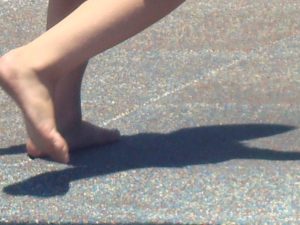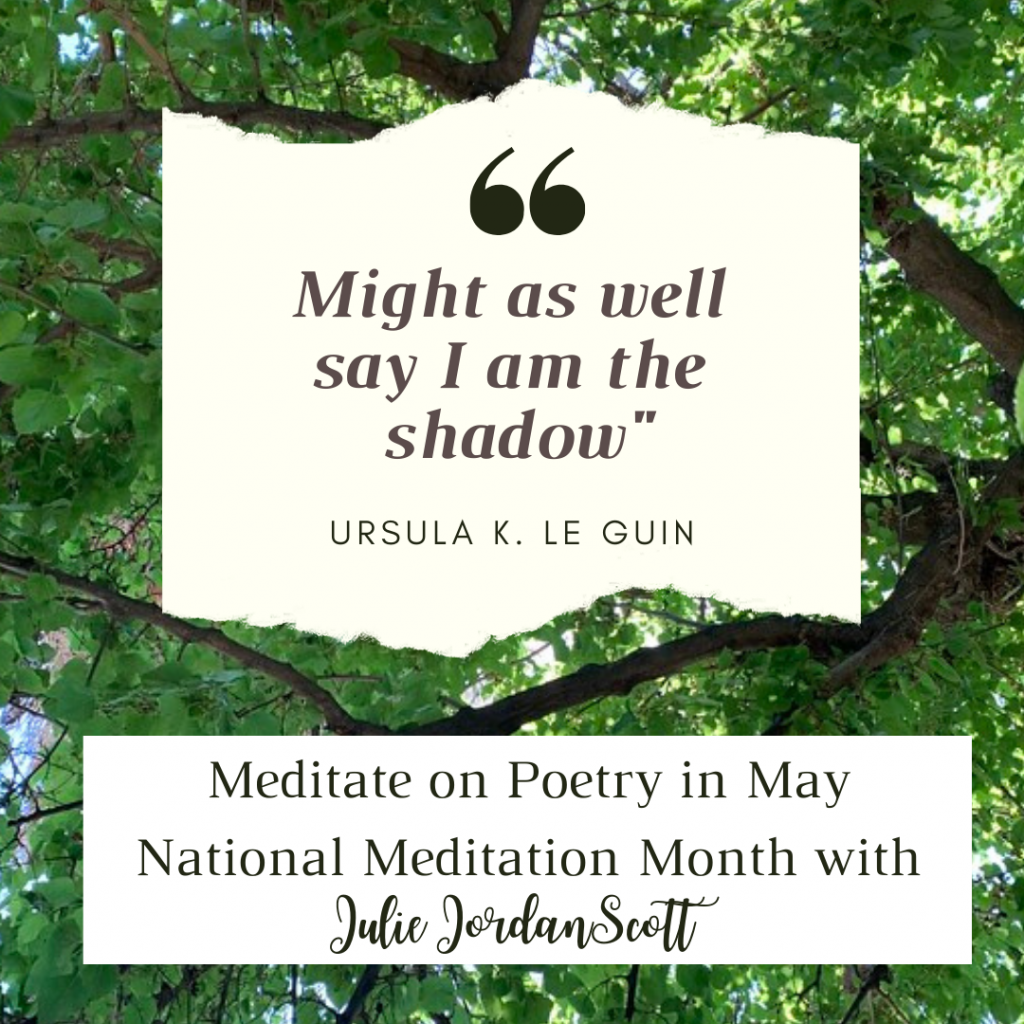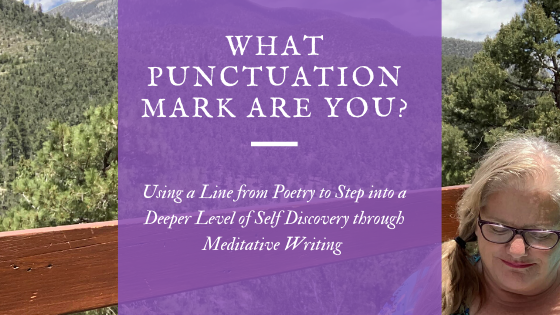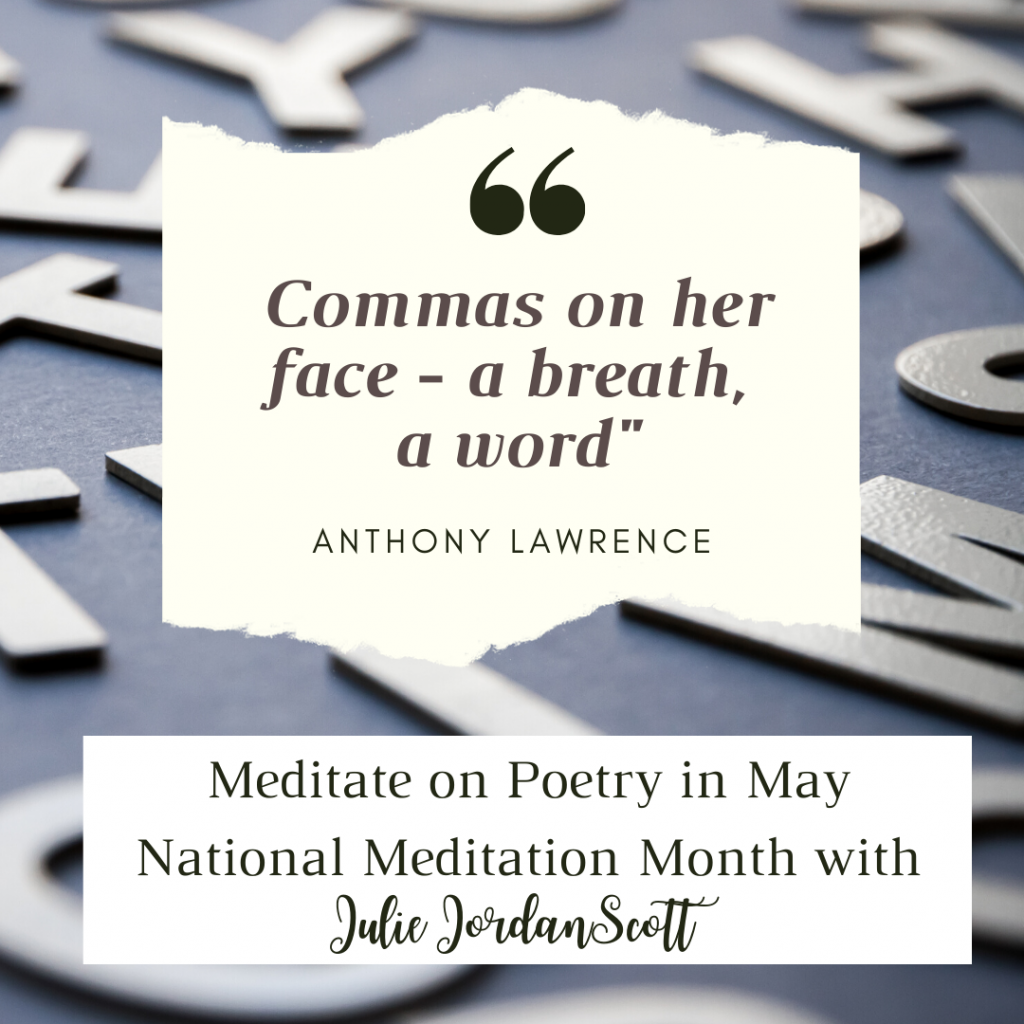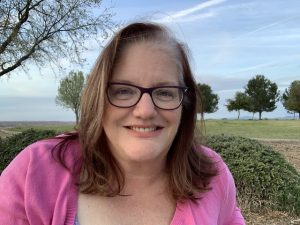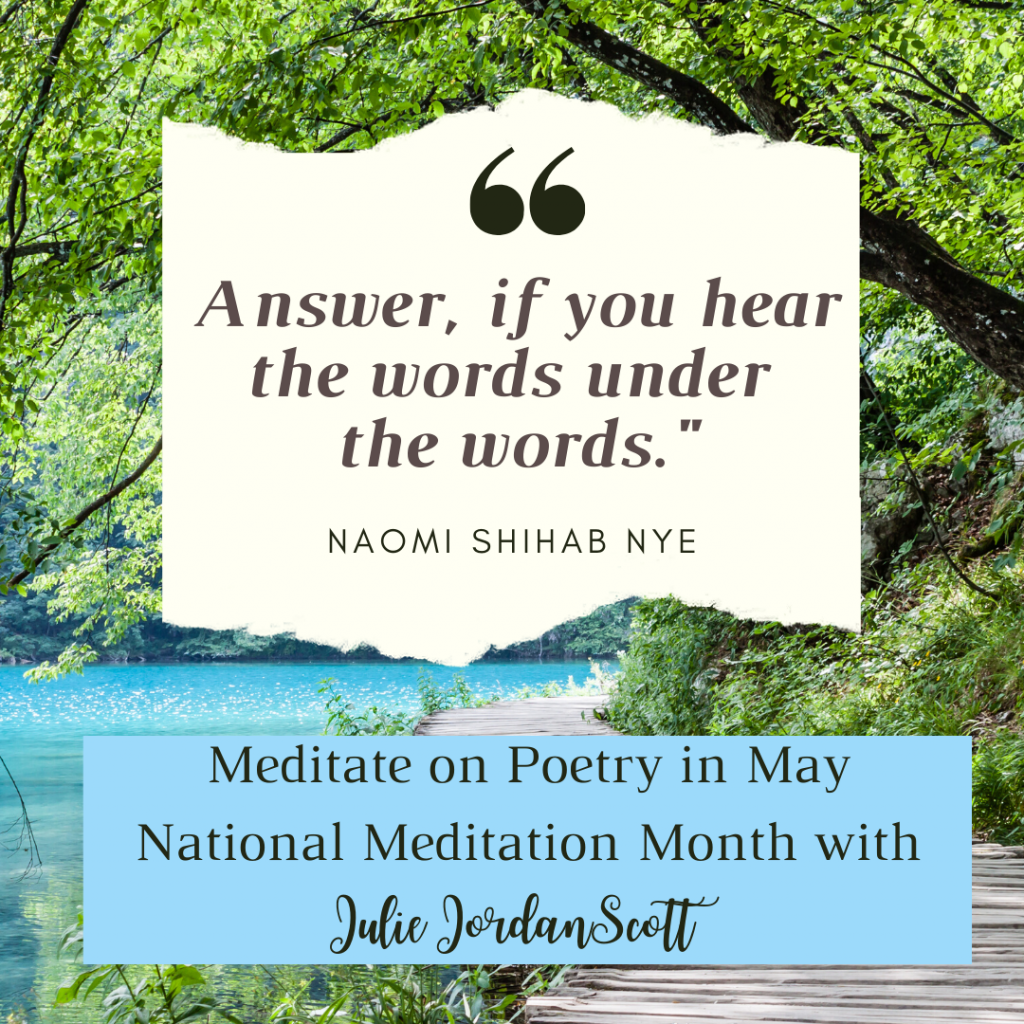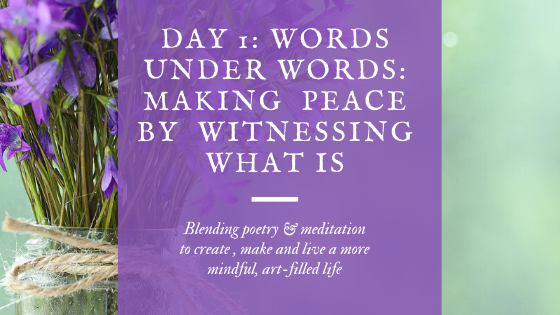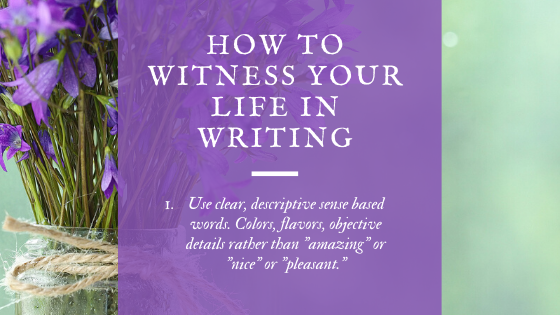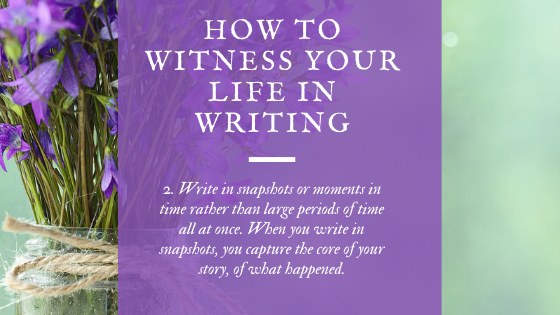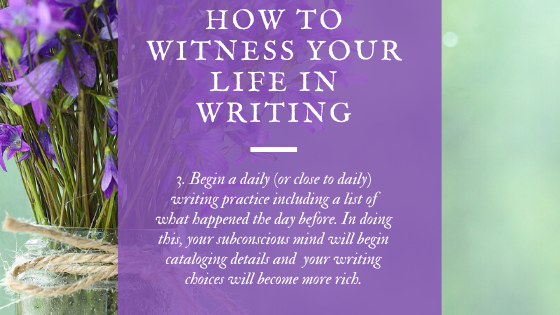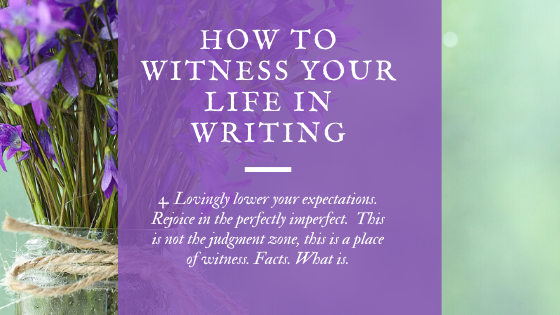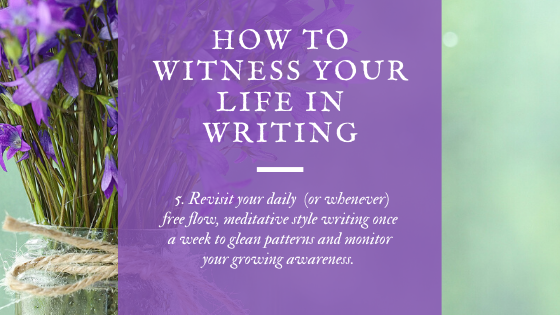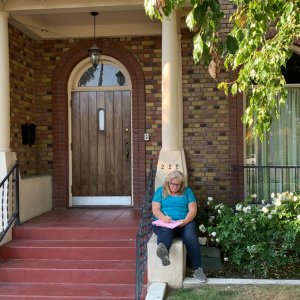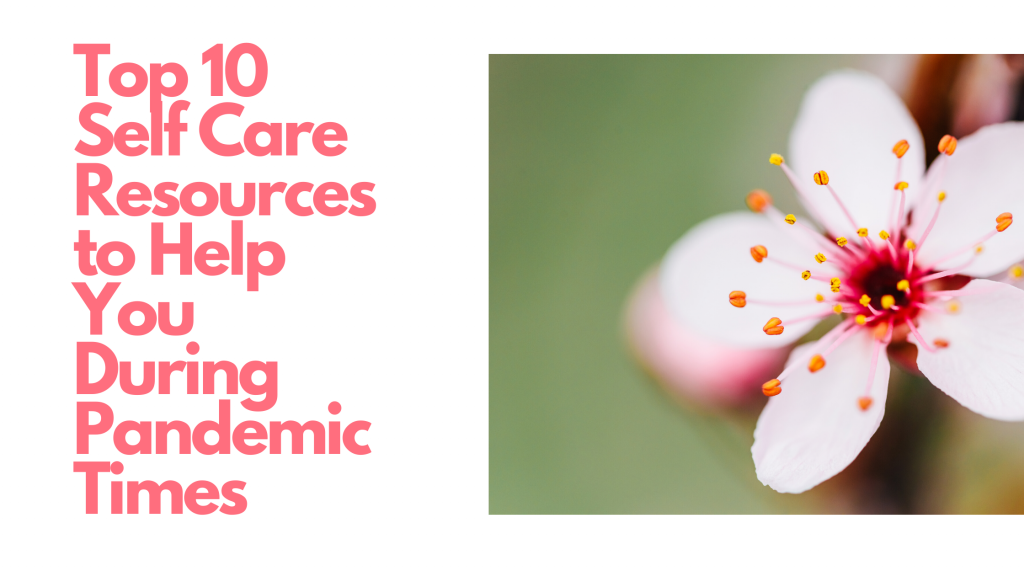
Many of us are equally frustrated with hearing terms like “these uncertain times” and also realize – these are not the days of standard operating procedures for most of us.
Self-Care and Personal Wellness are more important now than ever before. Please take a moment to peruse these link. Bookmark this page return when you or someone else you love may find them beneficial.
- CDC Guidance for Stress during the time of Covid19. Includes a lot of links to a lot of places one may get help. Good for reference if not for you, for others.
2. Mental health suggestions from the Mayo Clinic:
3. Brene Brown on Mental Wellness During Covid !9
4. Mental Health – advice from a Psychiatrist on a 60 Minutes Ask Me Anything Episode
5. Especially for Parents:
6. Podcasts you may enjoy:
14 Podcasts for Social Distancing from Home Cooking to Homeschooling
Note: there is a podcast meant for upper elementary kids I want to start listening to PLUS a podcast hosted by the writer and co-star of the movie “The Big Sick.”
Writing/Creativity Podcasts:
Rachel Zucker’s independent Commonplace Podcast: In their global role call series they speak with previous guests and listeners to see how people were faring. I appreciated hearing there were others who were struggling to write… and moods were all over the place. The back episodes are great, too.
Tin House Live: Between the Lines
7. Meditations:
The Loving Kindness Meditation:
A video will guide you through the Loving Kindness Meditation:
Tonglen Meditation:
Pema Chodron opens with “This is how to do Tonglen for a world that is falling apart.”
This is a 4 minute YouTube Video:
Yoga Nidra Meditation:
What I love about Yoga Nidra is the intention setting and the deep relaxation. Some of the videos I found were very legalistic, others less so. You may search on YouTube to find one that suits you. I also listed one for reference.
This first link shares information about the practice itself.
Information about Cord Cutting Meditation (for letting go, especially at sleep)
YouTube Video:
8 Beginning Yoga
This link includes videos for people just starting out with Yoga.
9 Places to Learn online for Free:
Coursera: I took two courses here. Both were good!
Khan Academy: I attempted to take an algebra course here. It was hard. I might get the courage to try again. I really would love to fall in love with math!
10. Anti-Racism and Racism Awareness:
Anti-Asian Racism in the Time of Covid19:
:
From Self Magazine
Anti Racism Resources from the University of Dayton
Anti Racism Guides for Self Care from Harvard
Guidelines for being strong white allies:
This is a time different from any other we have experienced. Please take good care of yourself. The world needs you, just for being you.
Julie JordanScott, the Creative Life Midwife, is a writer, a poet performer, a Creativity Coach, A Social Media Whiz and a Mother of three. One of her greatest joys include loving people into their greatness they just aren’t quite able to realize yet.
Julie is also one of the Founders of Bridge to the New Year. Join us now in 2020 in #Refresh2020 to reflect, connect, intend and taking passionate action to create a truly remarkable rest of 2020. Click the graphic below to join the Private Facebook Group to join the conversation!
